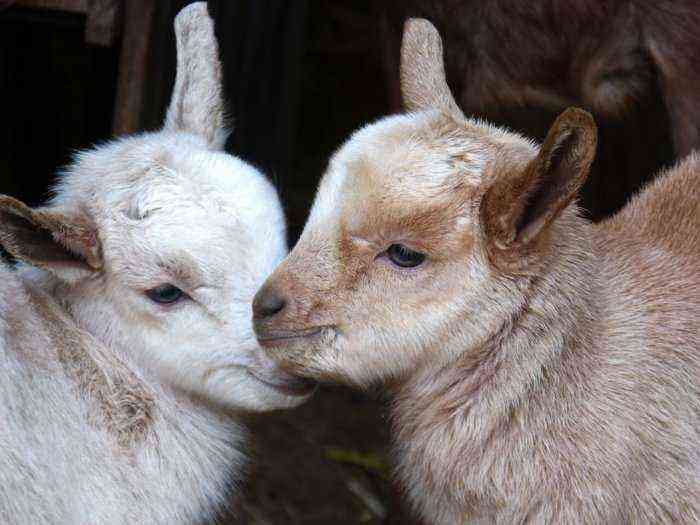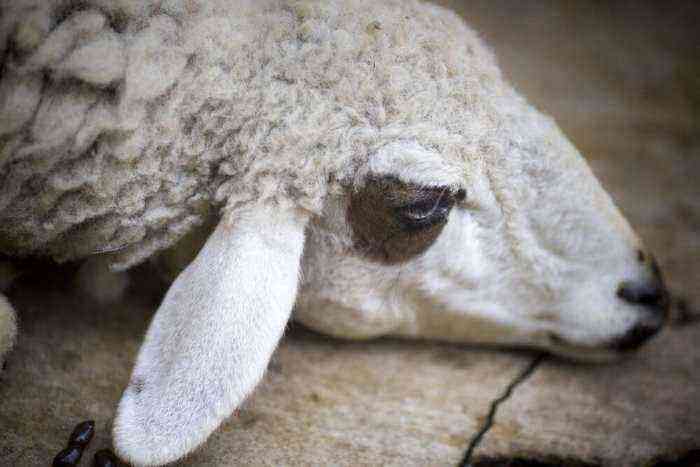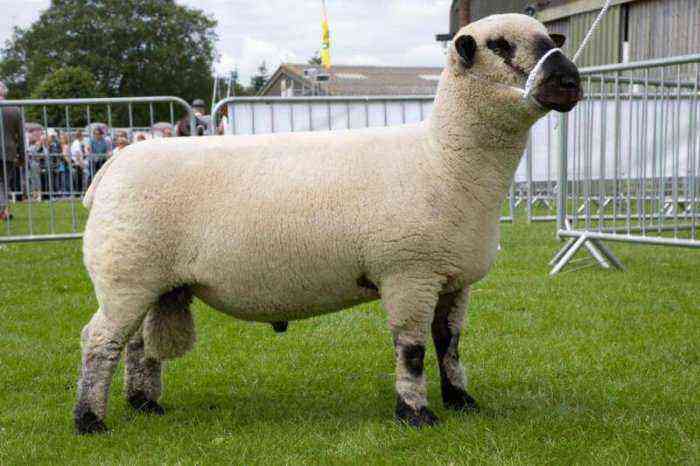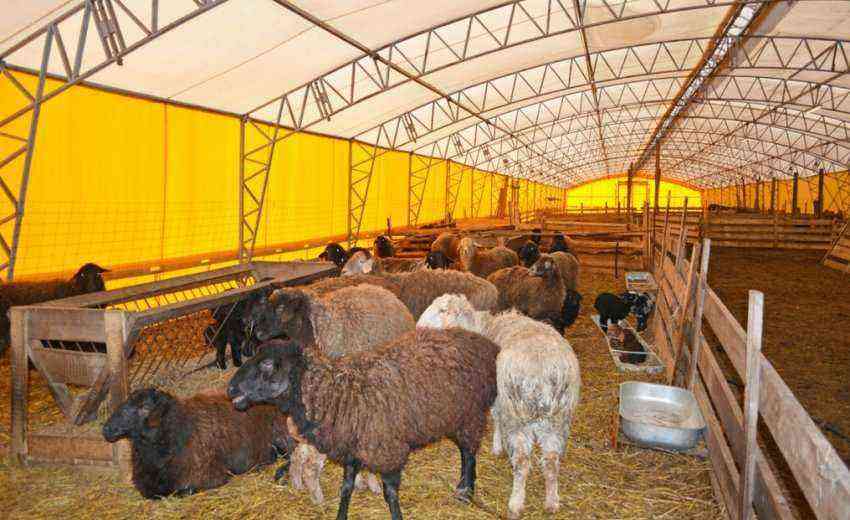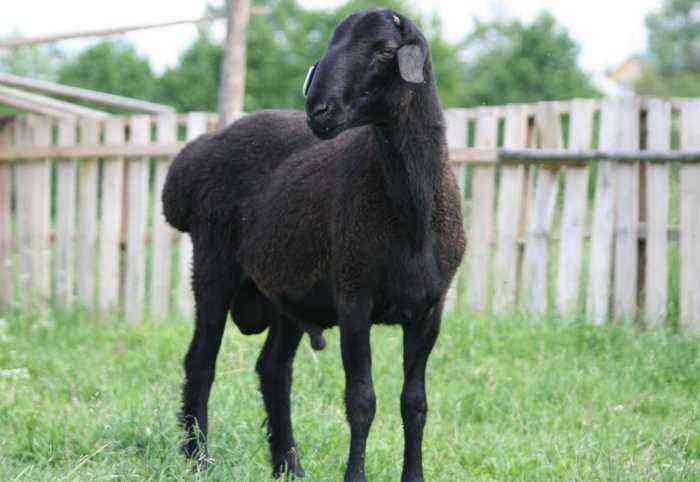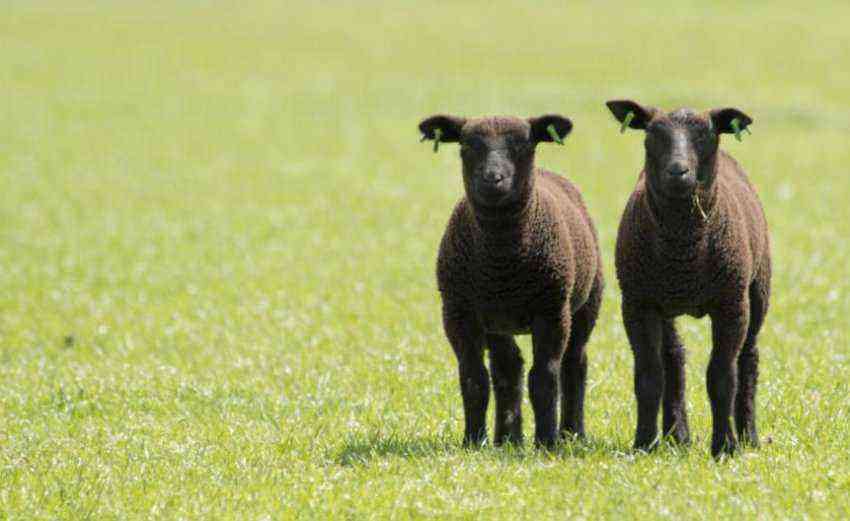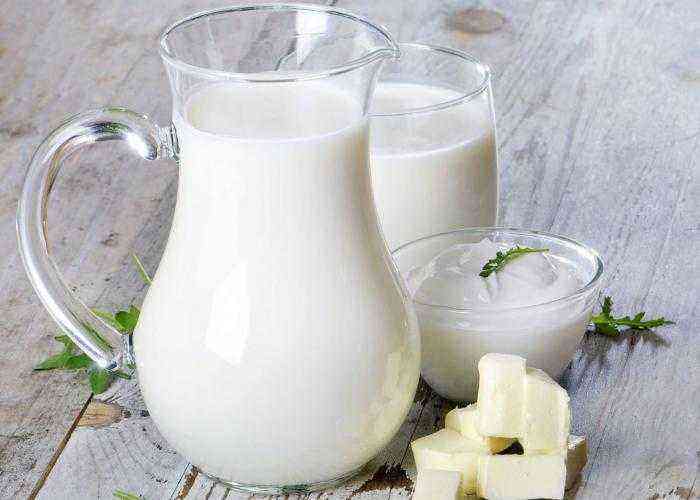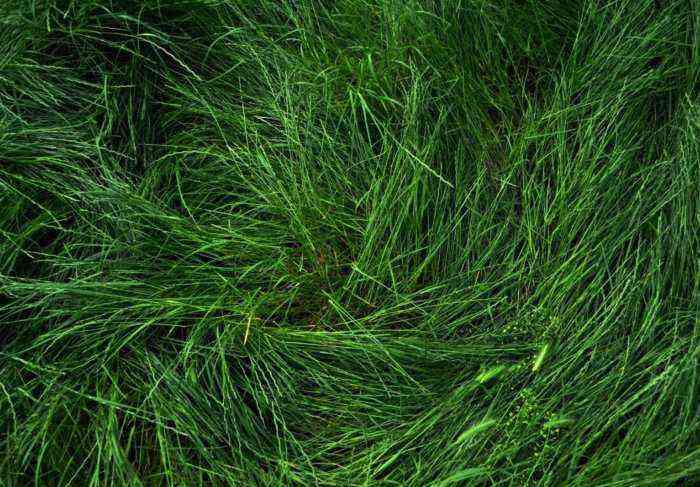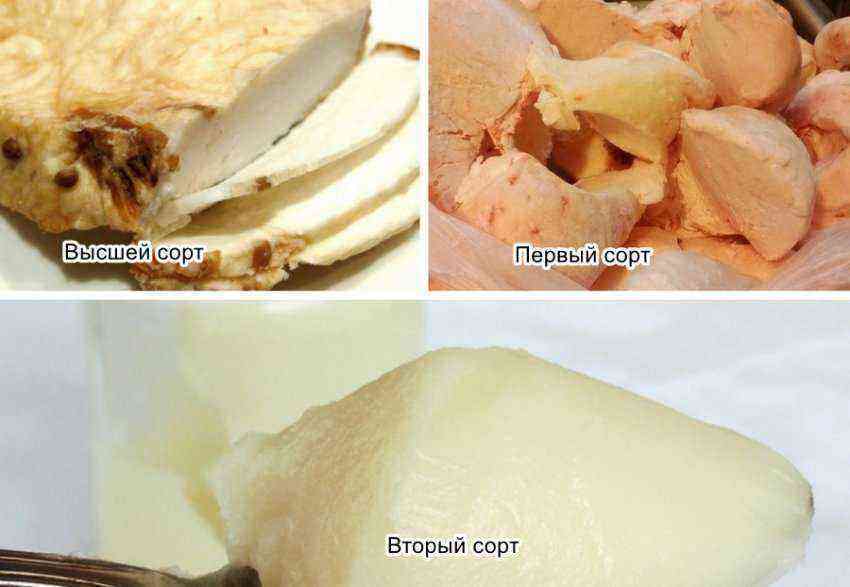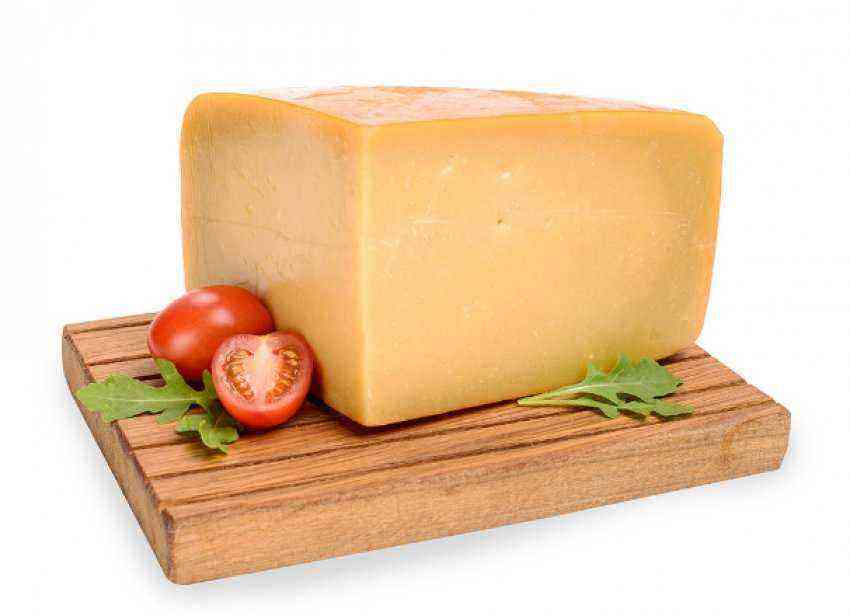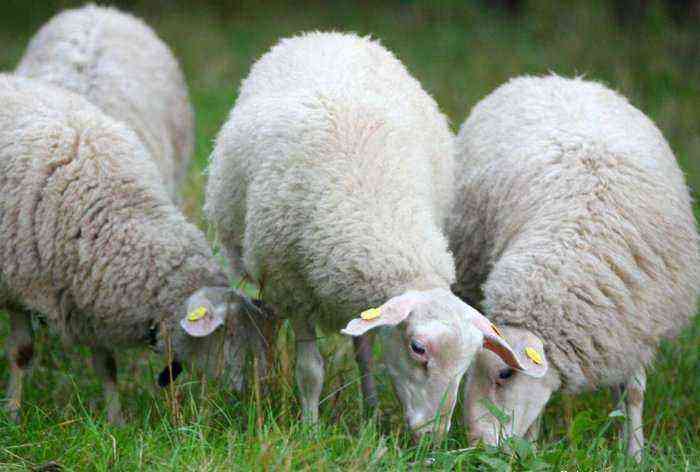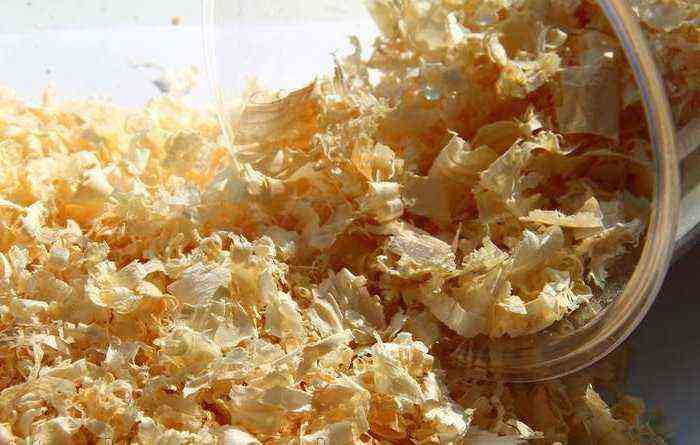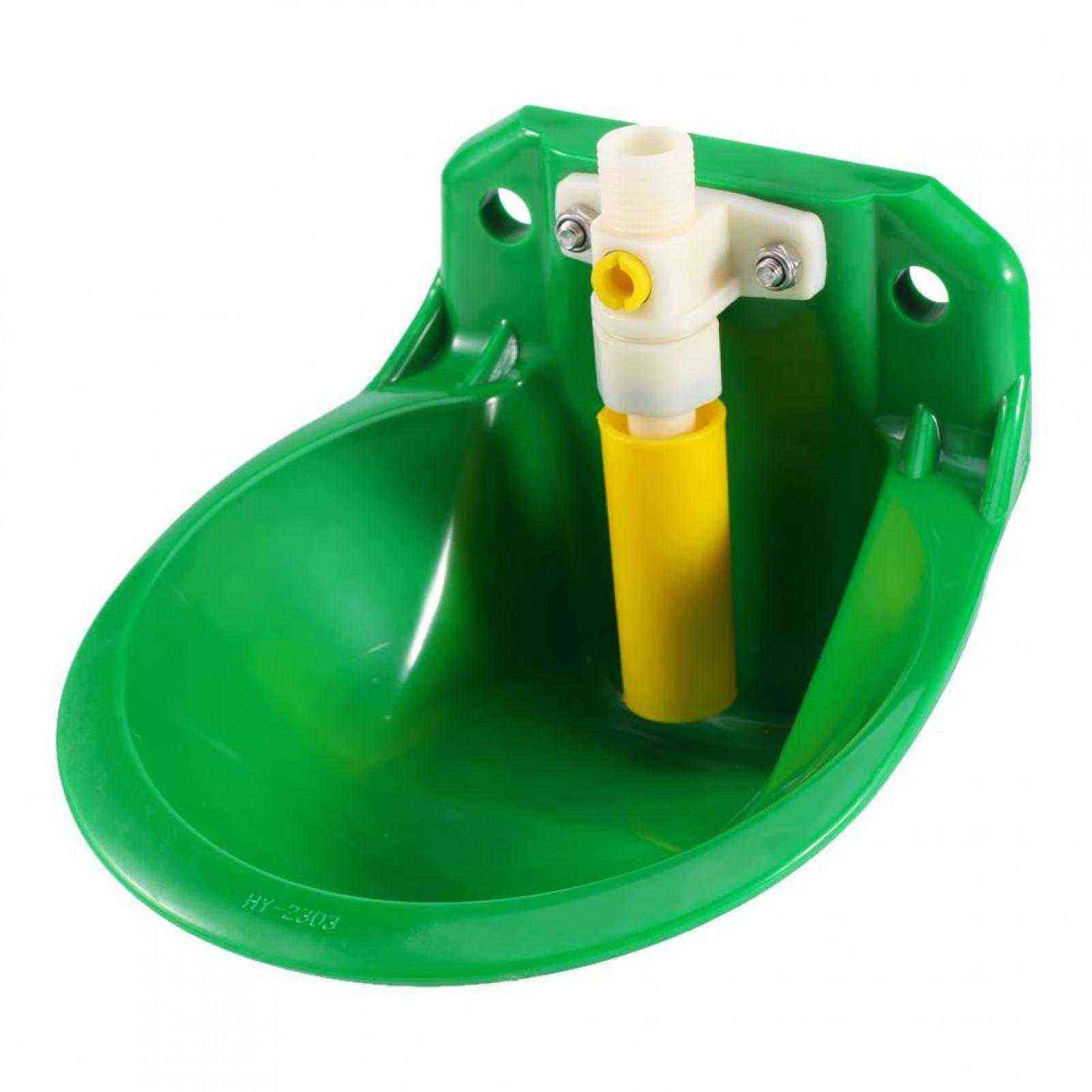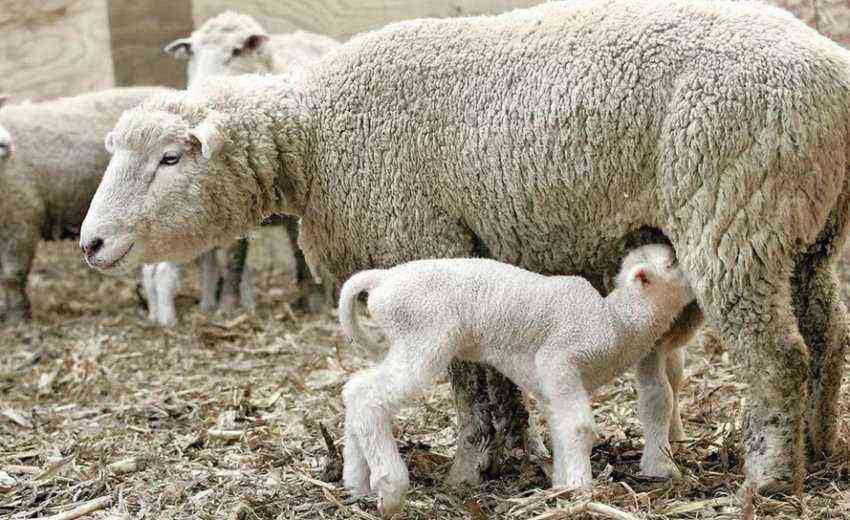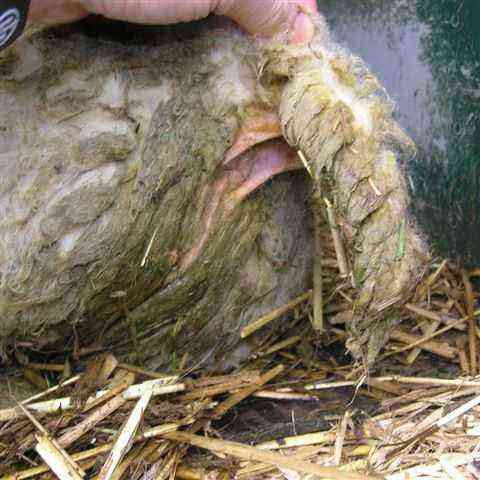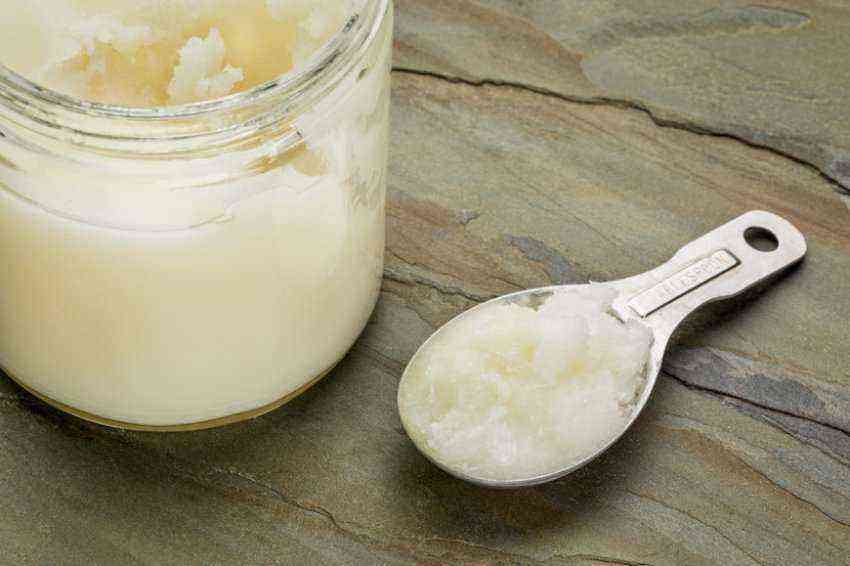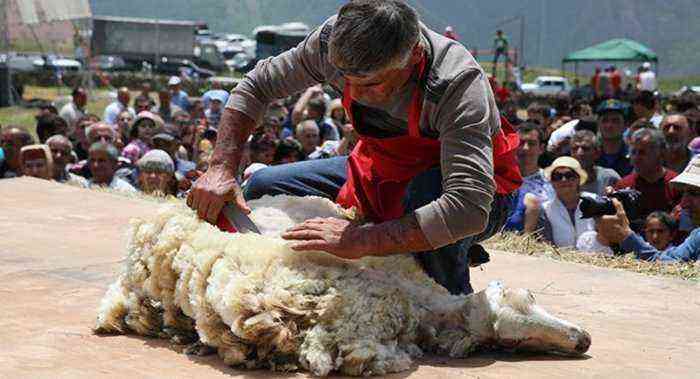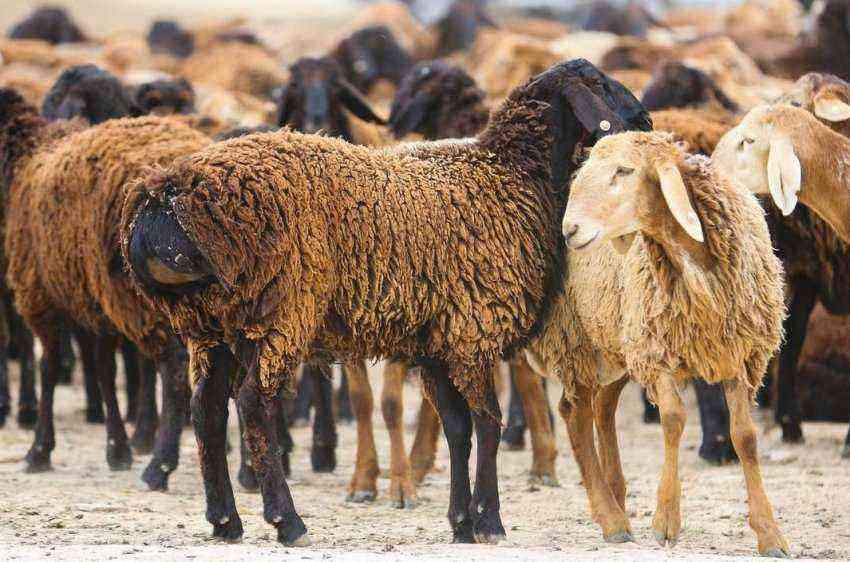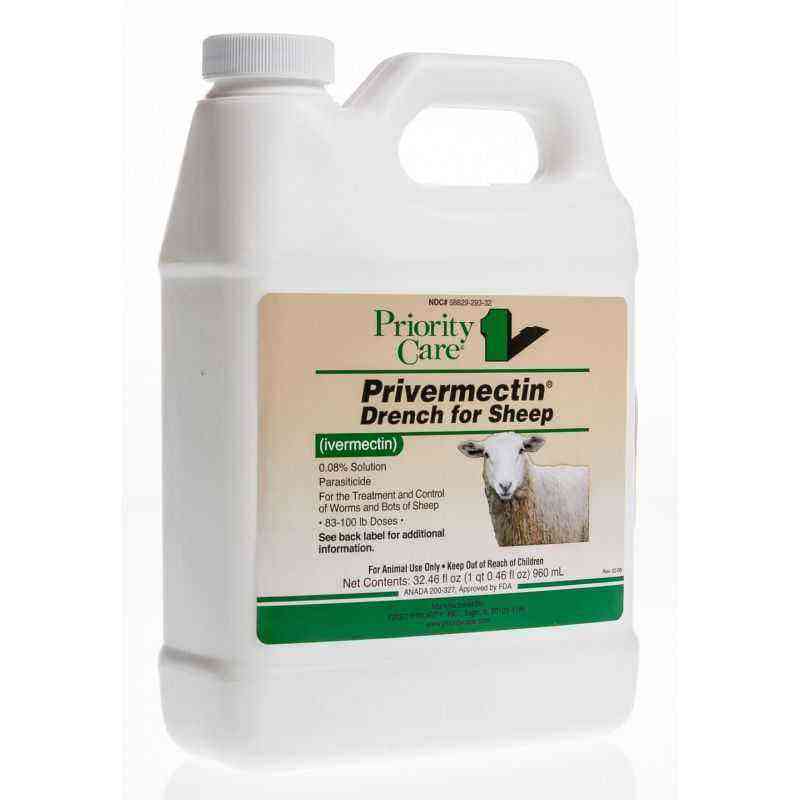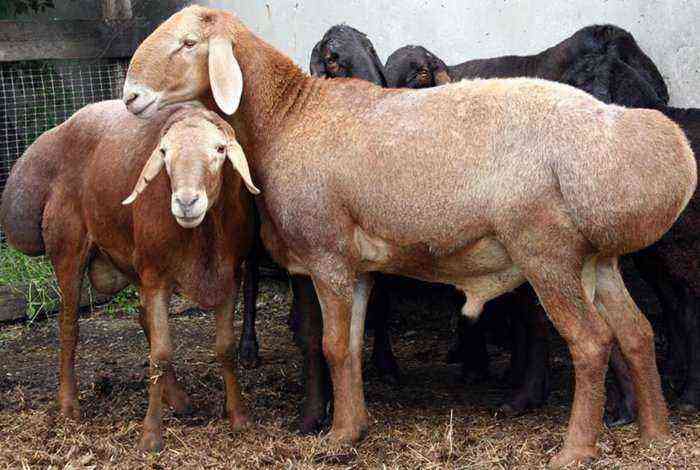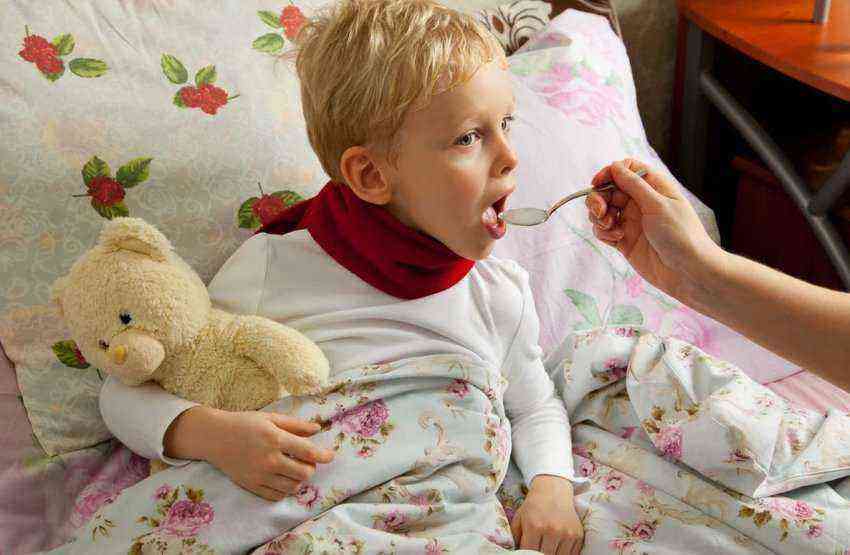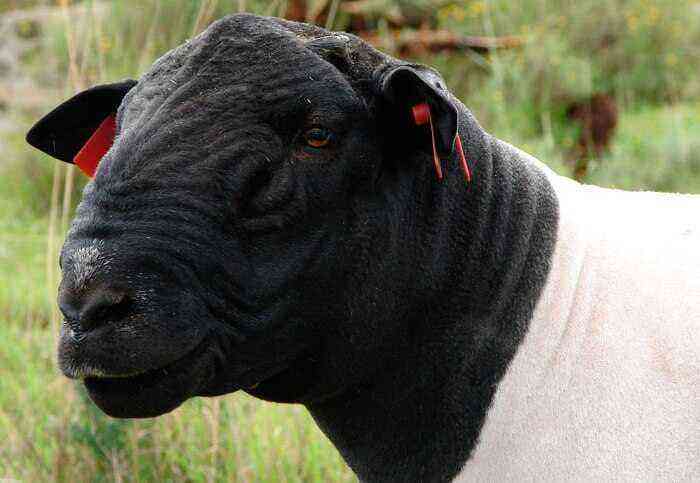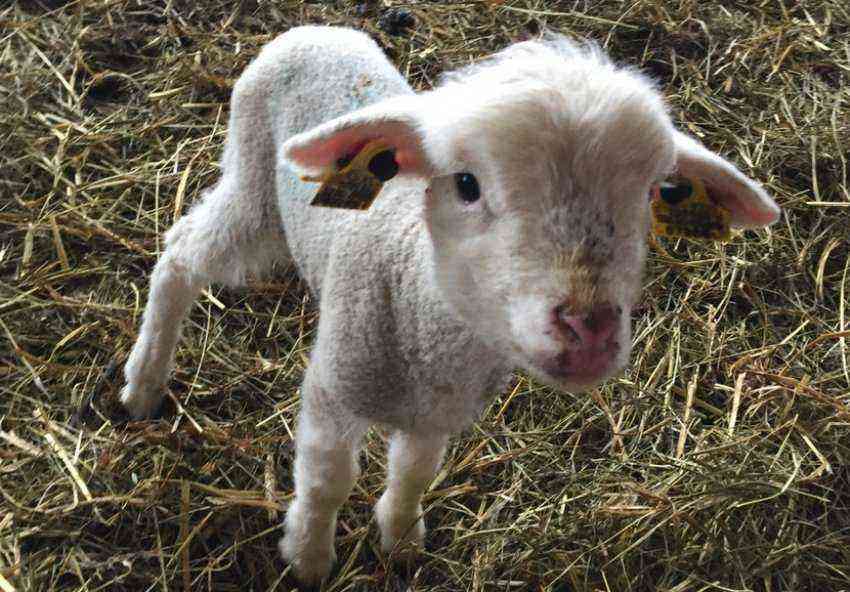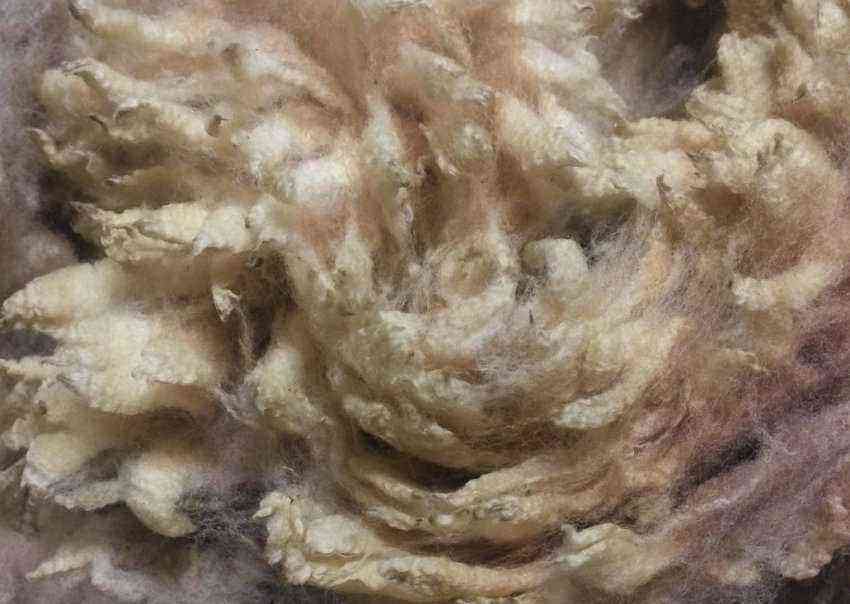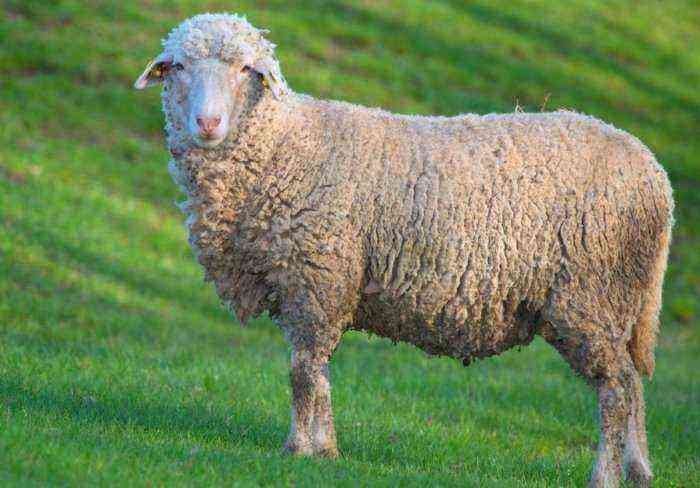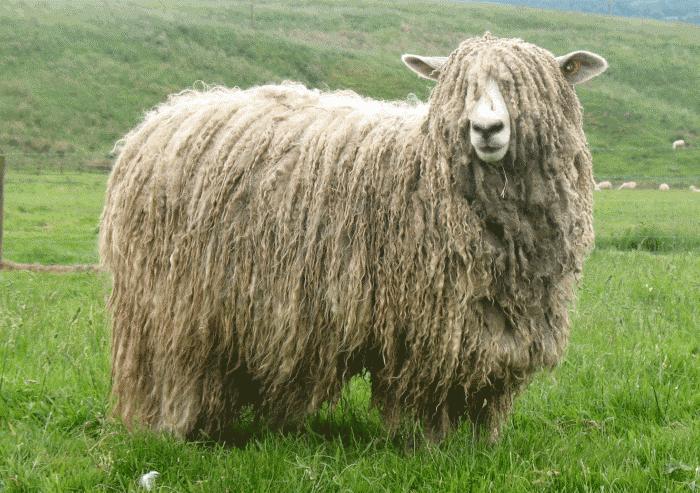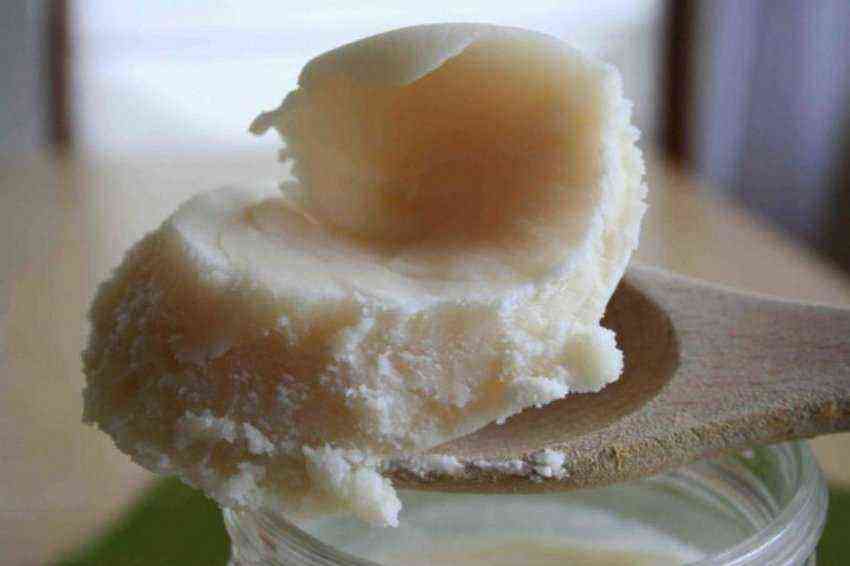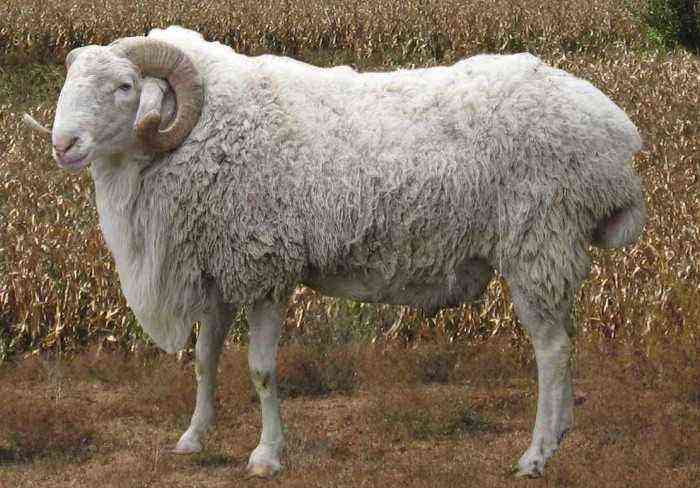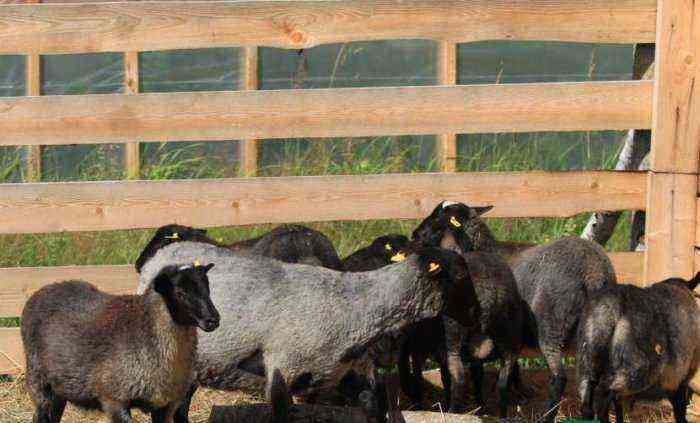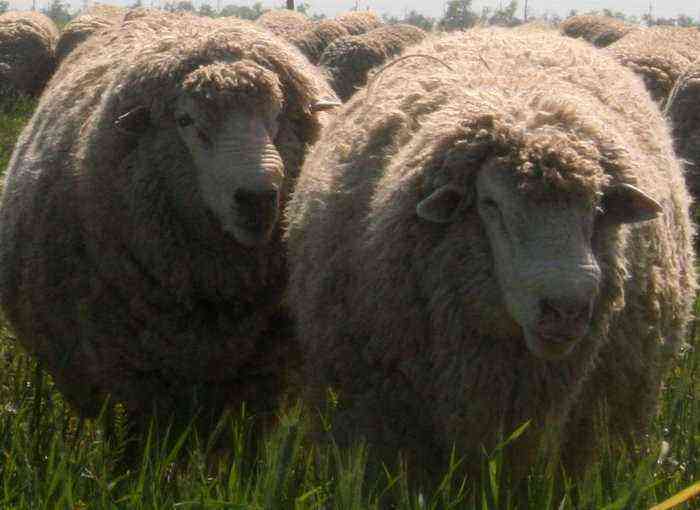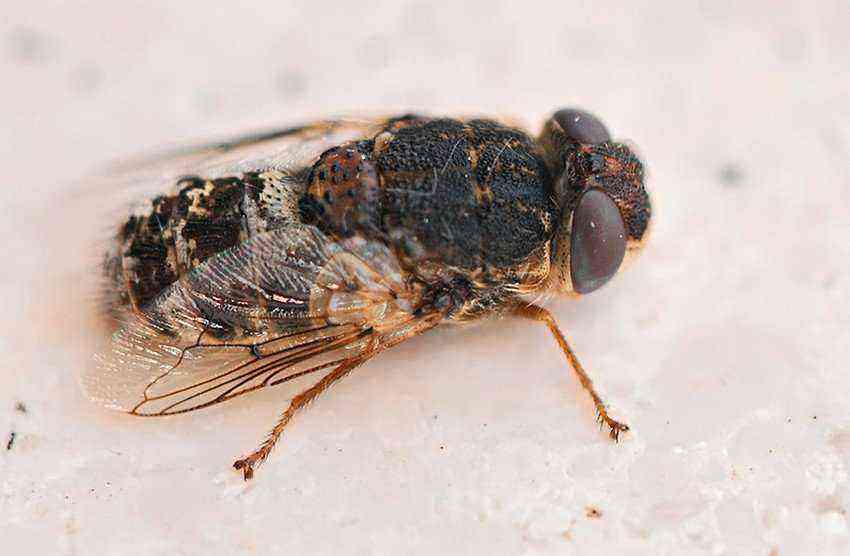The rarest and smallest breed of domestic sheep in the world is the dwarf sheep, or the Wessent mini ram (also called the Wessant, Breton dwarf). Animals are distinguished by a small body size and thick warm hair. The article will discuss the features of breeding and keeping such sheep.
Subspecies Features
Representatives of the dwarf Ouessant breed appeared on Ile d’Ouessant, a small island off the coast of Brittany (France). It is known that breeding work on breeding mini-sheep began in this area. The Wassant is one of the short-tailed sheep breeds of Northern Europe, along with several other species from Great Britain, Germany and Scandinavia. Today the breed is bred in a number of European countries, including France, Germany and the UK.
The main feature of the representatives of the subspecies is their small size. And the valuable products for which dwarf sheep are bred are their warm soft wool and meat of excellent taste.
According to the British Wessent Breeders’ Society, the exceptionally small size of these animals is historically attributed to poor grazing on the island, which has led to the selection of small sheep for breeding. The first mini-rams were the owners of black wool. After crossing with other miniature breeds, the coat color became, in addition to black, white, dark brown or gray.
Appearance, size, weight
The body of Wessant is completely covered with thick hair, only the lips and edges of the nostrils are free. The head is small with a muzzle pointed downwards, the profile is straight, sometimes hook-nosed. The eyes of animals are widely spaced, which allows them to see what is happening from behind without turning their heads. However, they prefer open, well-lit areas to dark areas.
Did you know? Dwarf sheep prefer to be in a herd to protect themselves from predators. These artiodactyls have sensitive hearing and are sensitive to sounds. They can sense the presence of a threat at a distance of several hundred meters.
The height of an adult male at the withers usually does not exceed 49 cm, and the weight is in the range of 10–20 kg, the height of a lamb is 40–46 cm, and the weight is about 14 kg. Wessentas grow up to about 3 years. The average life expectancy is 15-18 years.
Video: dwarf French sheep of the Wessent breed
Advantages and disadvantages
- Breed advantages:
- high-quality wool – about 2 kg per year from one ram;
- friendly character, not shy;
- strong and hardy, adapted to harsh living conditions;
- they feed on any kind of herbs and shrubs, they can graze all year round in the pasture;
- very rarely get sick.
- There are not so many shortcomings in the breed, according to breeders:
- low productivity – 1 lamb per offspring, twins are a rarity;
- early puberty – from 6 months.
Features of breeding and keeping
A sheep is a herd animal and a herd consists of at least two animals: two lambs or a sheep and a ram. The last combination should take into account the expansion of the family over time.
Food
Sheep are ruminants, and the best food for them is grass in the pasture. In winter, you can feed hay in unlimited quantities. Salt stone with minerals is also loved by sheep and is part of the standard equipment of sheep breeders. Since hay is dry food, make sure the animals have free access to water.
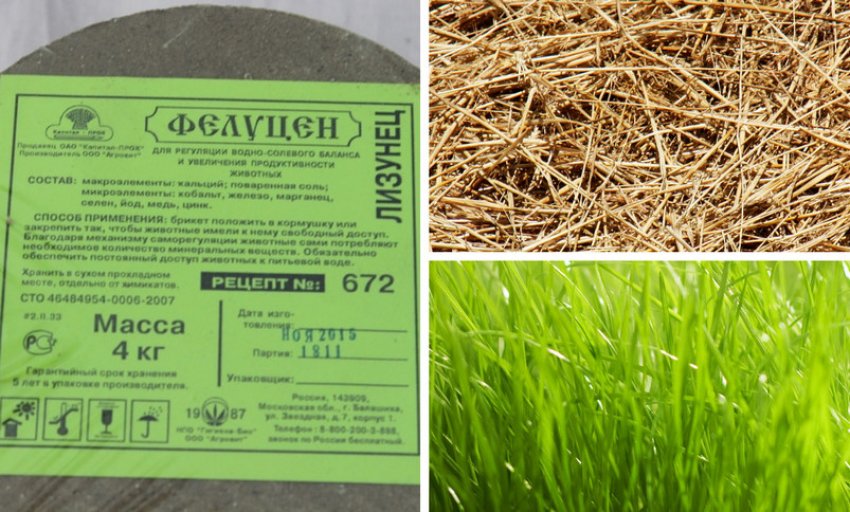
Care and illness
Wessentians are not particularly susceptible to disease. But parasitic diseases (myiasis), viral diseases (blue tongue or catarrhal fever) can bring significant damage. Sheep are also sensitive to dampness, and during the rainy seasons, spring and autumn, they may develop foot rot. It is necessary to carefully examine the hooves, and cut the growing stratum corneum in time.
A sheep clipper can handle shaving the wool of pygmy artiodactyls. July is considered a good month for shaving, as the heat makes the coat smoother. But be careful in bright sunlight, as without protective fur, the animal’s skin can get sunburned.
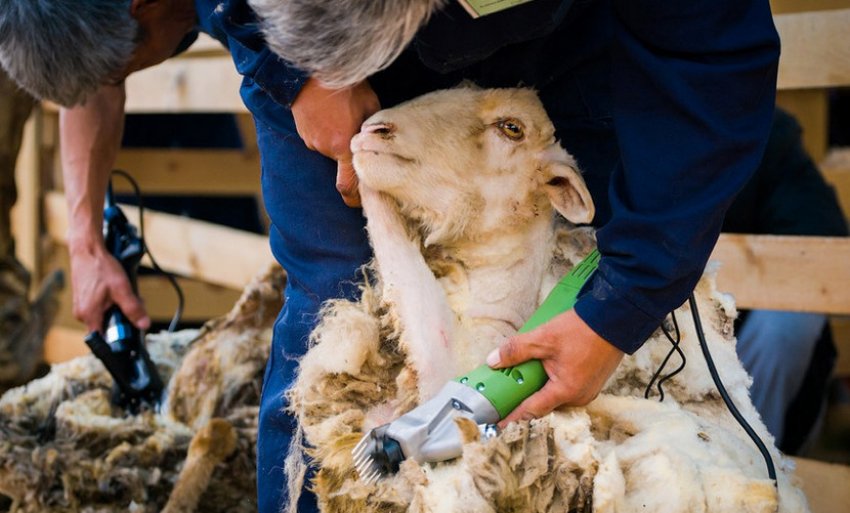
Room for content
The sheepfold for the Wessent must be dry and light, with good ventilation. The floor is usually made of well-compacted clay.
The area of the room is calculated depending on the number of animals:
- one mini-ram occupies at least 1,5 m² of space;
- a ewe with a lamb needs 1 m²;
- 0,5 m² is enough for young animals up to one year.
In the room there are feeders and drinkers, which are used as troughs with a lattice fence or do-it-yourself mangers made of wood. The pens are insulated with a dense layer of straw or sawdust, which protects the rams from dampness and cold.
 For sufficient natural light, windows should be provided in the sheepfold. Do not forget that sheep love well-lit places.
For sufficient natural light, windows should be provided in the sheepfold. Do not forget that sheep love well-lit places.
In spring and summer, mostly animals are walking outdoors. The area of the walking space is provided based on the calculation of 2 m² per individual. The fence must be at least 0,5 m in height. It is advisable to equip a canopy so that the sheep are not hot in the scorching sun or wet in the pouring rain.
Reproduction
Reproductive age in mini-rams and sheep starts from six months. It is better to start mating from 12 months, when the body is strong and ready for procreation. The gestation period of a sheep lasts 21 weeks.
For breeding, only healthy females are selected, without pathologies of hooves and teeth. Male producers are kept separately from the herd, carefully providing them with the best pastures.
Did you know? It happens that a sheep goes unnoticed or rejects a ram, then it is worth waiting a bit, these sheep can be fertilized later. But do not delay until the “advanced” age. The average term for the birth of offspring in sheep is 7 years, in rams — to 15.
lambing
These animals do not belong to highly productive breeds, in one offspring (2 times a year) they usually bring one lamb, and twins are rarely born. Lactation lasts about 4 months, after which the lamb is weaned from the sheep. Its weight is up to 4,5 kg.
The next 2-3 months, the sheep should recover before becoming pregnant again. She is reduced the amount of succulent feed and watering for a painless completion of lactation. It is necessary to inspect the udder every day to exclude the development of mastitis.
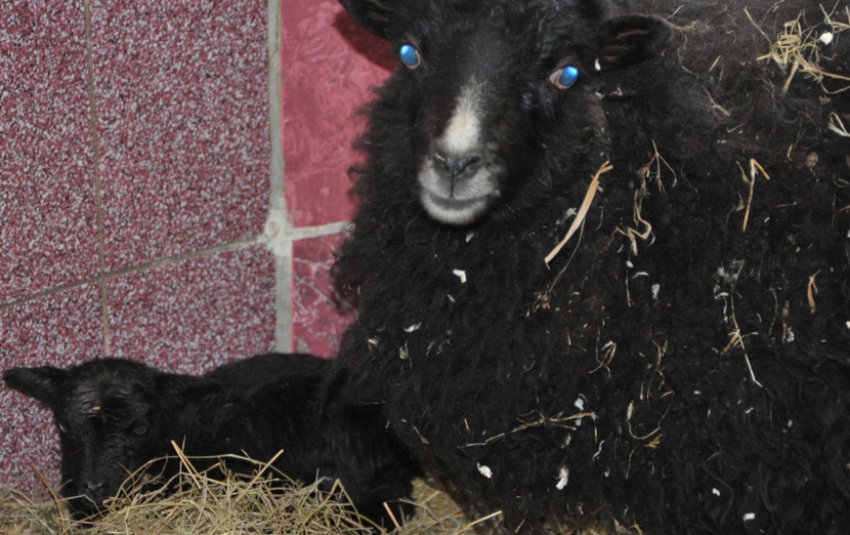
Raising lambs
From the age of two weeks, lambs begin to be fed in the form of decoctions of oatmeal and cake, vitamin hay, silage and mineral supplements. From 1 month it is desirable to give finely crushed cake. From two to three weeks of age in winter, in good weather, lambs begin to be released for short walks, which favorably affects their health.
After weaning from the mother, the young are ungrouped. By this time, they should already be accustomed to “adult” food. At the same time, they are given water more often than adults, at least 3-4 times a day.
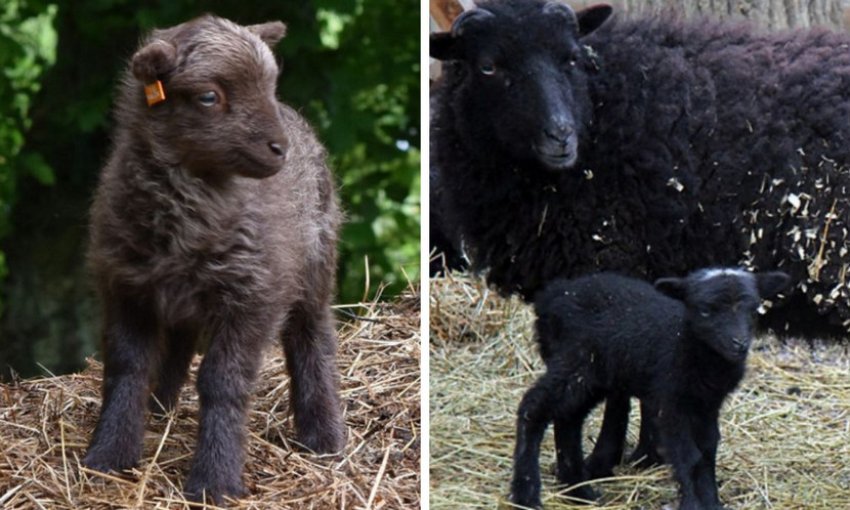
Caring for a miniature herd requires enthusiasm, commitment, as well as knowledge and experience. By observing the behavior of animals, you learn a lot, gain knowledge by communicating with other breeders and reading specialized literature. Fortunately, the Wessants are not too susceptible to disease and are undemanding, but they love care and good care, like any living creature.
